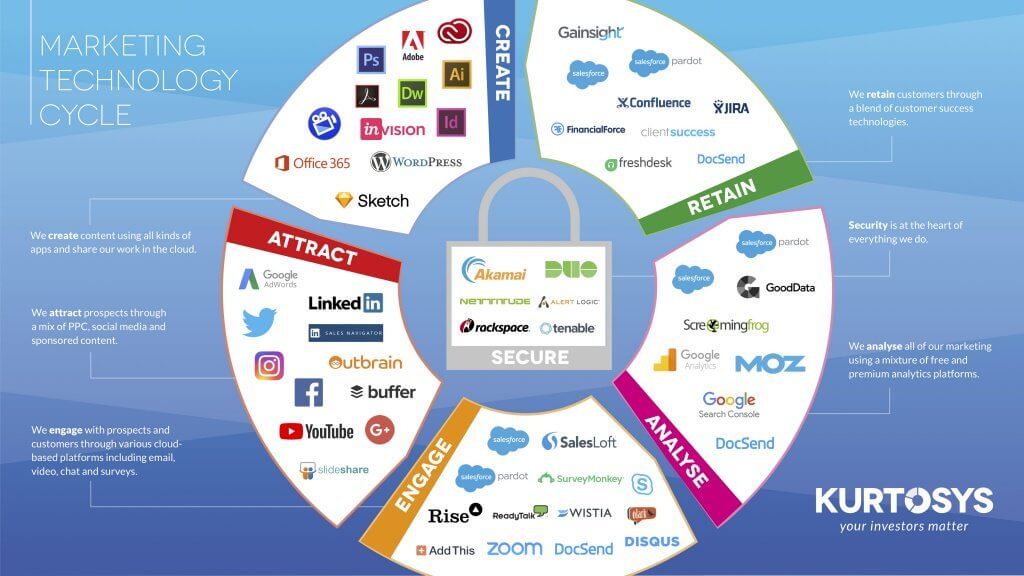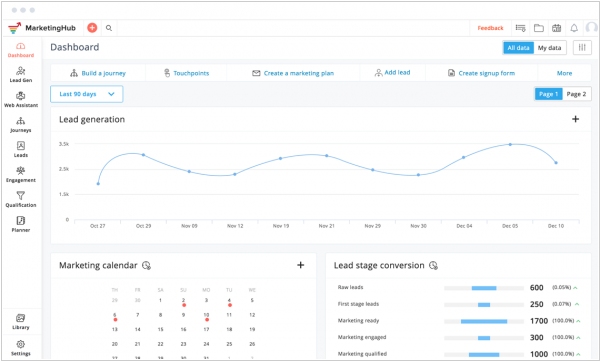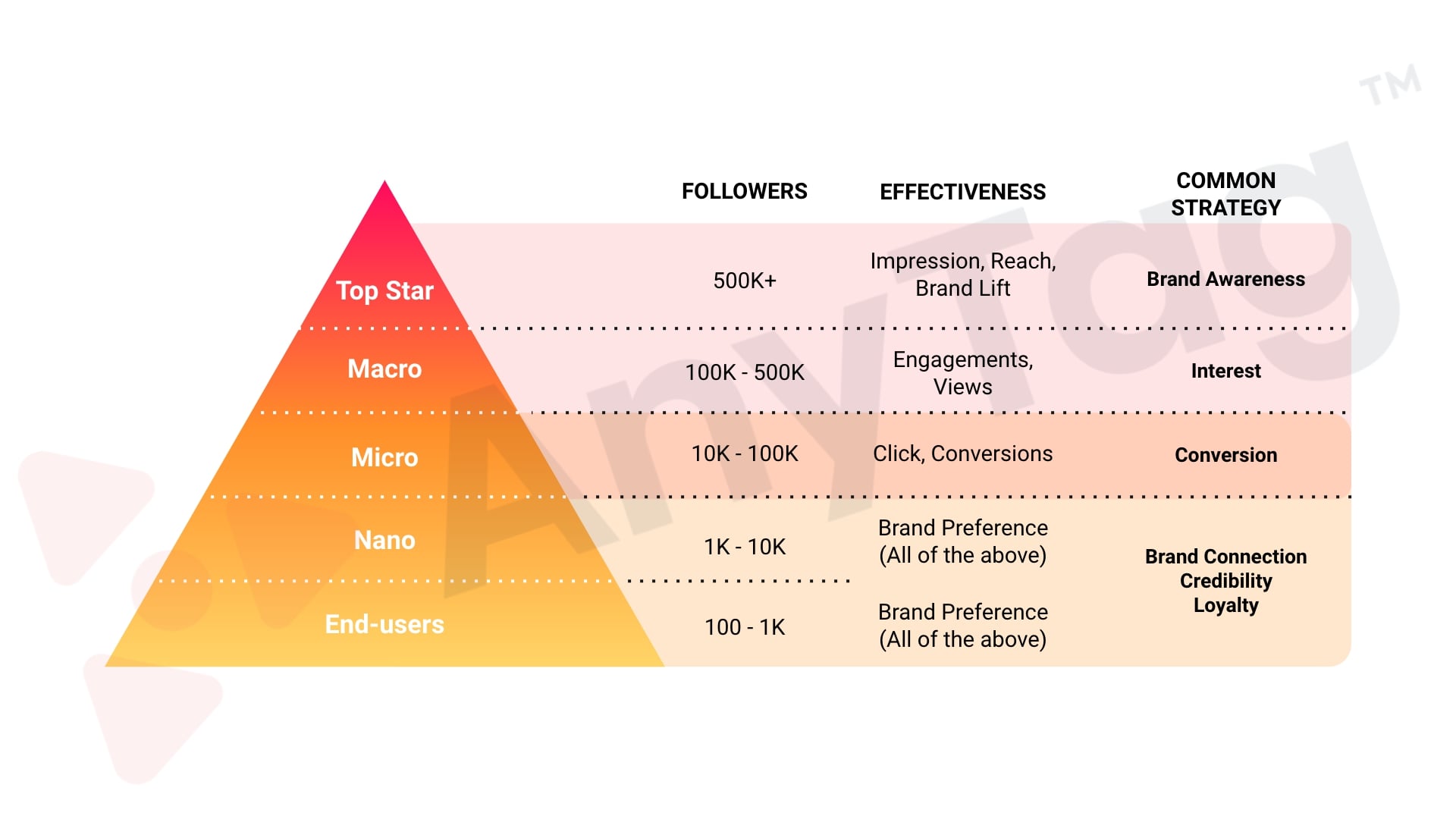
Multi-platform management allows you to reach more people and customize your social media strategy for each platform. You might want to concentrate your efforts on LinkedIn if you are a B2B organization. If your business is targeted more towards B2C customers, then you might want to concentrate on Facebook. However, managing multiple social channels accounts can take a lot of time, so you need to be strategic about where to focus your attention.
Sprout Social
A social media scheduling tool like Sprout Social is a good choice if you need to manage multiple social media accounts for your company. Sprout allows for scheduling posts to be published at different times and days. It allows you to save, edit and publish content at a later date. Sprout also offers a publishing calendar, which allows you to see when posts will be published.
Sprout Social has many useful features. You can create your social calendar, manage your accounts, assign tasks, and more. This tool will help your social network team be more productive. You can also organize social media posts with tags and use message approval workflows. This will ensure that all posts are high quality. It lets you group messages in order to quickly find them. You can also access the app from your mobile device to monitor your social networks accounts no matter where you might be.
Hootsuite Analytics
Hootsuite Analytics provides a powerful tool to manage multiple social media profiles. Users can receive reports on daily, weekly, and monthly bases. They can make their own reports or use one of the pre-made templates. Users can also access all their social media data from one place. These features allow users to view a comprehensive and accurate analysis of all their social media channels.

The social media analytics in Hootsuite can help marketers analyze the performance of their social media campaigns and make changes where needed. They can also schedule posts and bulk-upload upto 350 posts per month. They can also get monthly cross platform analytics reports sent to their mailboxes.
FS Poster
FS Poster allows you to manage multiple social media accounts at once. This saves you time and effort of posting to each platform individually. This tool could save you between 1 and 3 hours per week. FS Poster has the option to schedule your posts. It can be set to post once a few days, daily or weekly.
FS Poster can be used with many social media platforms. It automatically shares posts to all of these profiles. You also have the option to choose not to automatically share certain posts. If you have many accounts, however, we don't recommend that this feature be enabled. This can cause problems such as too many posts being posted at once.
Zapier
Zapier could be an option if multiple social media accounts are being managed. Zapier lets you automate actions across multiple channels and allows multiple accounts to be connected to the same network. Zapier lets you connect your Instagram to Zapier, so every time you update the app, it will post it as an image to your Facebook Page. You can also use the Buffer queue to share your updates across networks.
Zapier can automate more than just your Facebook posts. It can also automate other processes such as Twitter and MeetUp. You can use this to keep track of mentions of your clients.

IFTTT
IFTTT stands as an acronym for Internet Food and Technology Team. IFTTT allows you unify all of the posts from your social media accounts on one platform. It allows you to connect multiple apps, like Twitter or Facebook, and can set up automatic actions when a certain trigger happens. You can automate images sharing, such as Instagram photos. You can even send an alert to specific people, such as a group or an individual, whenever someone posts an image on Twitter or Facebook.
You can also create IFTTT recipes for multiple social media platforms. These recipes will automate tedious tasks. One example of a recipe is to post a status update on Facebook. You can also post a GitHub repository on Twitter. You can either create a recipe per social media account or use multiple accounts to automate it.
FAQ
What are the benefits to content marketing?
Content marketing helps drive leads and sales by creating high-quality content. Content marketing offers a steady supply of new, original content that can then be used to promote products or services. Additionally, content marketing can increase brand awareness and build trust with potential customers. Your company's image is enhanced by content marketing.
Why is a Content Marketing Strategy necessary? Why not just post social media updates or send emails?
There are two main reasons why you might not want to use a Content Marketing Strategy.
-
Perhaps you think email marketing and social networking posts are enough for people to talk about your brand.
-
If you've never tried email marketing, or posted on social networks, it's easy to assume this type of content is not feasible.
Both of these assumptions are wrong.
Email marketing and postings on social media can be great ways of communicating with prospects and customers. However, these are not sufficient.
Email campaigns alone will not help you reach your goals. An email campaign alone won't help you reach your goals. It must be part of larger strategies. It won't be enough to just post on social media. They should be part and parcel of an overall strategy.
A Content Marketing Strategy is the key to this success. You can manage your entire content creation by creating a strategy with clear objectives.
As a consequence, you will be able spend more time on other vital aspects of running your business, such as growing your customer base and increasing conversion rates.
While there are many advantages to having a Content Marketing Strategy in place, it does not make it easy.
A strategy can make all the difference.
How do I get started in Content Marketing?
Start by identifying your audience. Who are they? What are their needs and wants? How can you assist them? Once you know who you're writing for, you can determine where to focus your efforts.
What is content marketing?
Content Marketing is a way to create engaging, valuable content that offers value.
If you give your audience useful information, solve problems or entertain them, you can build relationships. People respond well to positive messages from brands they know and trust.
People enjoy reading things that interest them. Writing something interesting will make your readers return time and again.
Your content must inspire people to take action. This could be buying your product, signing-up for your newsletter or visiting your website.
Content marketing should be engaging and informative.
How long does content marketing take?
It depends on the size of your business. Content marketing is often not feasible for small businesses. But it can pay big-time if your are willing to put in the time.
How can you create quality content?
Great content can only be created if you write about something you are interested in. To be a successful writer, you must choose topics that are important to you. This involves understanding your personality and sharing that knowledge with others. It is easy to write for oneself, but writing for others will make it much more enjoyable.
How long should my content advertising campaign last?
This will vary depending on industry and the type of product/service offered.
For example, if you sell shoes, you might spend one month designing a new shoe style. This could be an example: You launch a new product in August. Then, you continue to improve it throughout the year.
If you're selling clothes, you might create one look for fall and one for spring. You want to keep your customers interested by offering something new every day.
Your goals will determine how long your content marketing program can last. For small-scale businesses, you may only need to focus on one channel. To reach large audiences, larger companies might need to consider several channels.
Statistics
- Companies that use content marketing see approximately 30% higher growth rates than businesses not using it. (mailchimp.com)
- According to the Content Marketing Institute, 70% of B2B marketers and 86% of B2C marketers surveyed use content marketing in some form or other. (criteo.com)
- According to research compiled by Coschedule: Companies that publish 16+ blog posts a month get as much as 3.5x as much traffic as those that publish 0-4 posts a month. (criteo.com)
- In fact, would pay more for a better customer experience, and 86% of B2B buyers would pay more. (neilpatel.com)
- An example of an overarching goal could be: "In 2022, we want to achieve a 20% increase in revenue created by organic content and generate 15,000 MQLs with a budget of $30,000." (semrush.com)
- This marketing strategy landed Ford a 15.4% conversion rate. (neilpatel.com)
- We found that 40% of businesses don't have a documented strategy yet. (semrush.com)
- Progress indicators (0–100%) allow each team member to see how attainable each goal is and understand what remains to be accomplished. (semrush.com)
External Links
How To
What is a content marketing plan?
A content marketing plan (CMP), is a document that helps you to define your goals, objectives and strategies for building and executing an online presence. It's a blueprint for reaching your goals through content distribution and creation.
The CMP usually breaks down into three major areas:
-
Your overall strategy. What do you want?
-
Your content strategy – Where can you find the right people who will write, curate and distribute your content content?
-
You'll need to decide which channels you will use to share your strategy. What content types will you create?
These are the components that make a CMP effective.
-
Goal Setting - Define your target audience and set measurable KPIs for measuring success.
-
Audience Research - Understand your ideal customers so you know exactly where to look for them.
-
Strategy – Develop a clear vision and strategy for where you want to be. Then break it down into smaller pieces.
-
Execution – Set realistic expectations about when you can expect to see results.